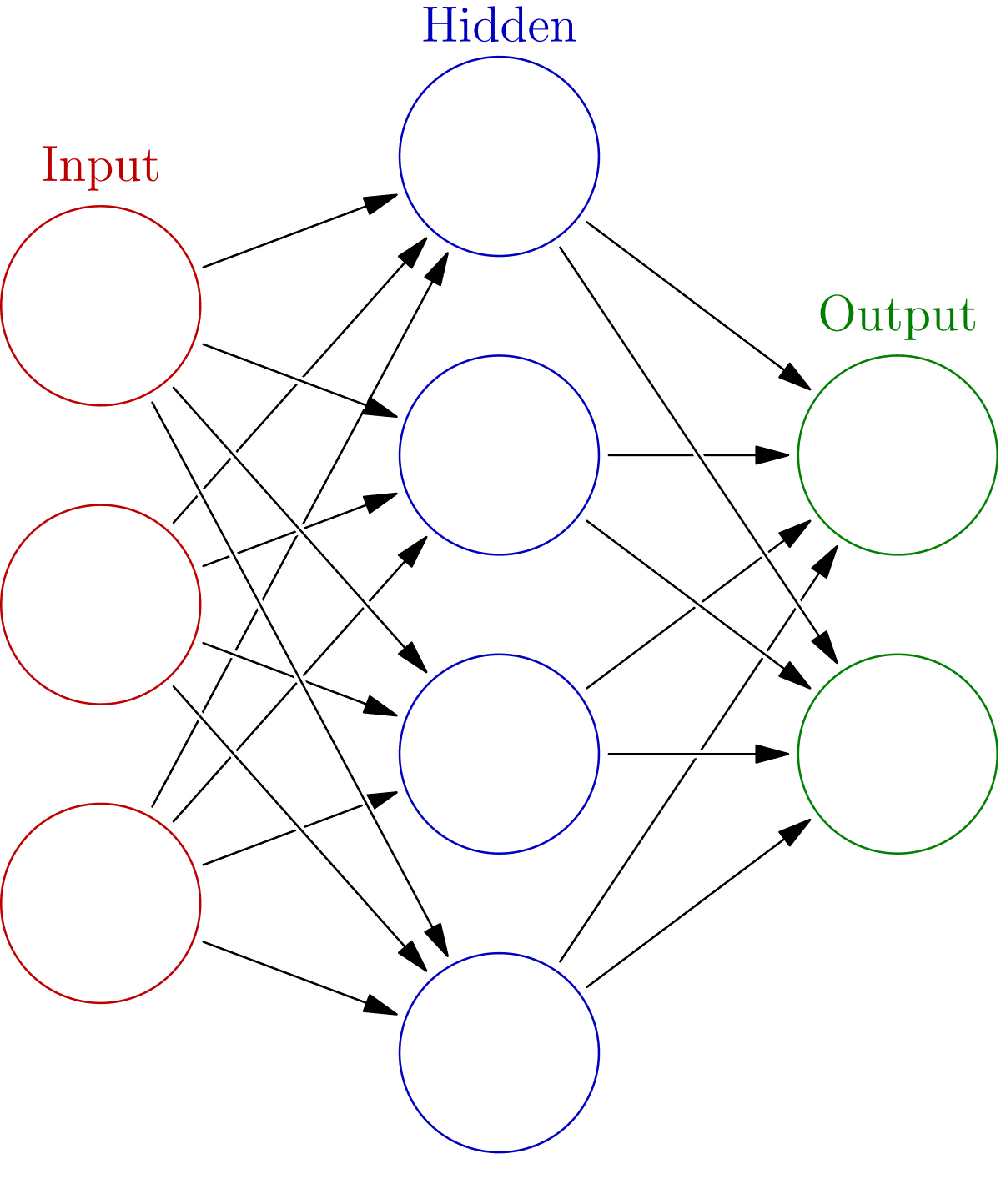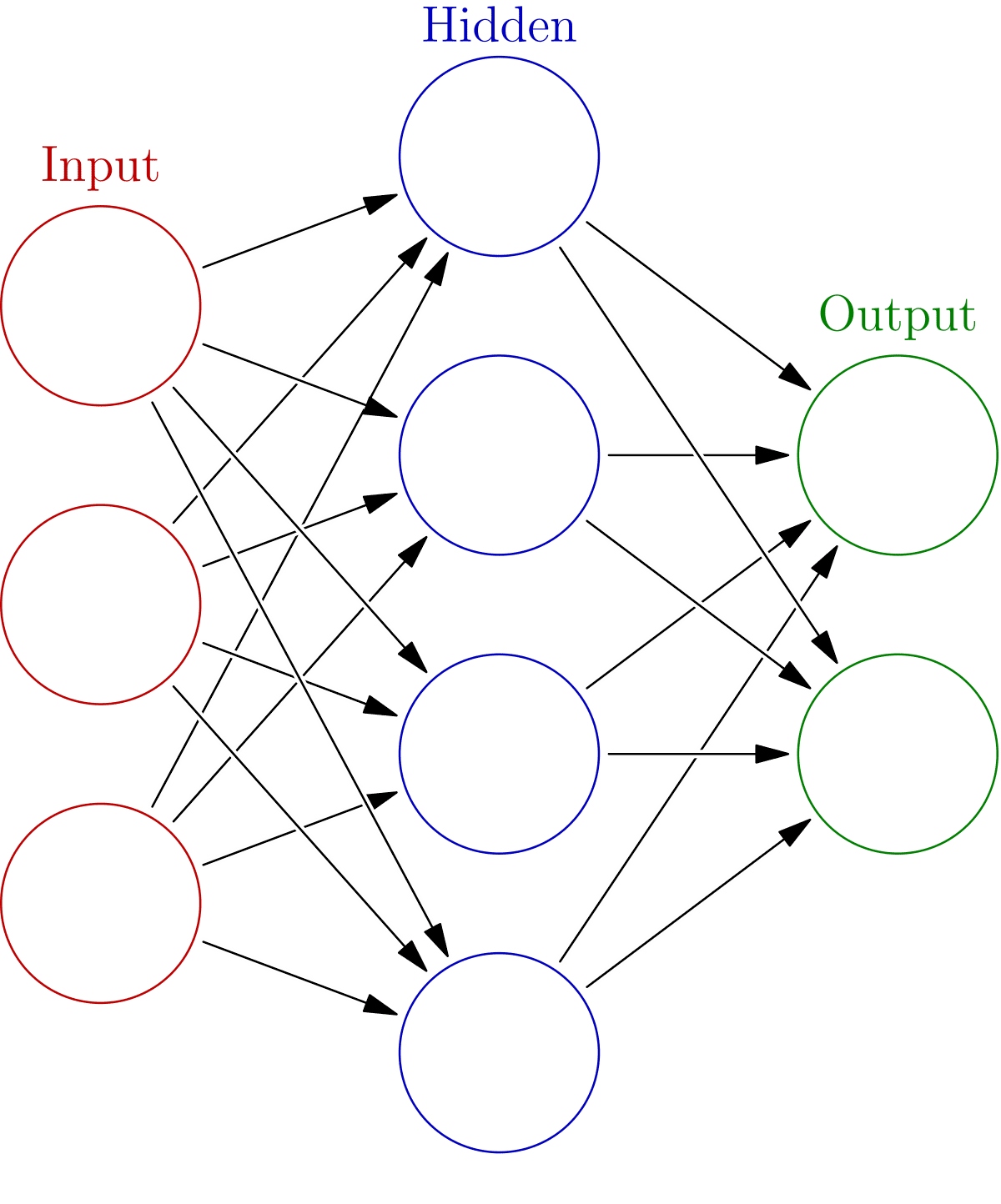Understanding Neural Networks: The Basics
Neural networks are a crucial component of artificial intelligence, mimicking the way human brains operate. They consist of interconnected nodes, or neurons, that process information in layers. When we talk about neural networks, we refer to a computational system designed to recognize patterns, make decisions, and learn from data.
At their core, neural networks operate through a series of layers:
- Input Layer: This layer receives the raw data, such as images or text.
- Hidden Layers: These layers perform the computations and transformations of the input data. The more hidden layers there are, the more complex the patterns the network can learn.
- Output Layer: This final layer produces the result, such as a classification or prediction.
The magic of neural networks lies in their ability to learn from examples. Initially, the network is trained using a dataset, adjusting the weights of connections between neurons to minimize errors in its predictions. This process is known as training, and it can be done through various algorithms, with backpropagation being one of the most common methods.
Neural networks have several applications across various fields, including:
- Healthcare: They can analyze medical images, predict patient outcomes, and assist in diagnostics.
- Business: Neural networks enhance customer experience through personalized recommendations and fraud detection.
- Finance: They are used for stock market predictions and risk assessment.
Overall, the benefits of neural networks are substantial. They can process vast amounts of data quickly and accurately, allowing for insights and decisions that would be impossible for humans to achieve alone. As technology advances, we can expect even greater integration of neural networks into our daily lives, making them an essential tool in various industries.
Understanding how neural networks function is the first step toward leveraging their potential. As we continue to explore their capabilities, it becomes clear that they hold the key to significant advancements in technology and beyond.
Applications of Neural Networks in Healthcare
Neural networks are revolutionizing the healthcare industry by enhancing patient care and diagnostics. Their ability to analyze vast amounts of data quickly and accurately has paved the way for groundbreaking applications that improve medical outcomes.
One major application of neural networks in healthcare is in medical imaging. For instance, neural networks can analyze X-rays, MRIs, and CT scans with remarkable precision. They are trained to recognize patterns and anomalies that may escape the human eye. A study by the Radiological Society of North America revealed that deep learning algorithms could match or even surpass radiologists in detecting conditions like pneumonia and breast cancer.
Moreover, neural networks assist in predictive analytics. By examining a patient’s medical history and genetic information, these systems can predict potential health risks and outcomes. For example, algorithms can forecast the likelihood of diseases such as diabetes or heart disease, allowing for early intervention and personalized treatment plans.
Another significant area of impact is in drug discovery. Neural networks expedite the process of identifying potential drug candidates by predicting how different compounds will interact with biological systems. This not only reduces the time and cost associated with drug development but also enhances the efficiency of finding effective treatments.
Additionally, neural networks are transforming telemedicine. Virtual health assistants powered by these networks can provide patients with immediate responses to health inquiries, guiding them on whether to seek further medical attention. This accessibility improves patient engagement and satisfaction.
Furthermore, neural networks play a role in genomic medicine. They help in analyzing complex genomic data to identify mutations and their implications for diseases. This information is invaluable for tailoring treatments to individual patients, particularly in oncology.
In summary, the integration of neural networks in healthcare is reshaping how medical professionals diagnose and treat patients. The benefits of neural networks are vast, from improved diagnostic accuracy to personalized medicine. As technology continues to advance, we can anticipate even more innovative applications that will enhance patient care and drive the future of healthcare.
Future Trends in Neural Networks
Neural networks are poised to shape the future of technology across various sectors. The advancements in this field are expected to bring about significant changes in how we interact with data and technology. Here are some key trends to watch for over the next decade:
1. Enhanced Deep Learning Techniques
Deep learning, a subset of neural networks, will continue to evolve. Researchers are developing more sophisticated architectures that can process complex data more efficiently. For instance, the introduction of transformer models has already revolutionized natural language processing, and similar innovations are likely to emerge, enhancing tasks such as image recognition and speech synthesis.
2. Increased Automation in Industries
As neural networks become more powerful, their application in automating routine tasks will expand. Industries like manufacturing, logistics, and customer service will benefit from automated decision-making processes, leading to increased efficiency and reduced operational costs. For example, neural networks can predict equipment failures, enabling proactive maintenance and minimizing downtime.
3. Improved Personalization
Personalization will reach new heights as neural networks analyze consumer behavior and preferences. Businesses will leverage these insights to tailor their offerings, from personalized marketing campaigns to customized product recommendations. The ability to deliver highly relevant content will enhance customer satisfaction and loyalty.
4. Ethical AI and Bias Mitigation
As the reliance on neural networks grows, so does the focus on ethical AI. Researchers and organizations will prioritize developing algorithms that minimize bias and ensure fairness. Techniques such as adversarial training and explainable AI will become essential, ensuring that neural networks operate transparently and justly.
5. Integration with Edge Computing
The combination of neural networks with edge computing will revolutionize real-time data processing. By enabling data processing closer to the source, this integration will enhance the performance of applications in areas like autonomous vehicles and smart cities. For instance, neural networks running on edge devices can analyze video feeds in real-time, improving security and safety measures.
6. Advancements in Generative Models
Generative models, such as Generative Adversarial Networks (GANs), will continue to advance, allowing for the creation of realistic images, music, and even text. These models will find applications in entertainment, advertising, and content creation, enabling artists and businesses to produce innovative materials.
7. Neuroscience-inspired Architectures
Future neural networks may draw inspiration from the human brain’s architecture, leading to more efficient learning processes. This could result in the development of neuromorphic computing systems that mimic the brain’s neural structure, enhancing performance while reducing energy consumption.
In conclusion, the future of neural networks holds immense potential. With advancements in deep learning, automation, personalization, and ethical considerations, we can expect these technologies to become increasingly integrated into our daily lives. The next decade will undoubtedly witness remarkable transformations, making neural networks an indispensable part of our technological landscape.





